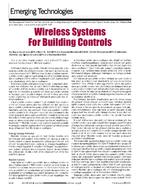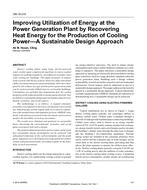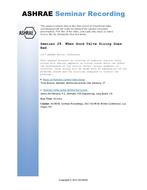This paper investigates anticipatory control strategies in a house designed to have approximately net zero average annual energy consumption. These strategies are particularly useful in the case of optimized solar buildings, which include one or more of the following features: (a) passive solar design; (b) active systems for collection and control of solar energy (BIPV or BIPV/T systems, solar thermal collectors, motorized blinds); and (c) thermal energy storage systems (water tanks, phase change material containers). At the supervisory control level, prediction of future conditions can be employed to optimize the collection, storage and utilization of solar and geothermal energy. At a lower control level, predictive control assists in dealing with the discrepancies between the time constants of the building structure and its HVAC system, allowing the prescribed set-points to be reached when desired. This paper presents results of simulations which model the performance of a net-zero energy solar demonstration house using anticipatory control techniques. A relatively simple thermal network model is used throughout the building’s design and in the development of the control strategies.
Units: Dual
Citation: ASHRAE Transactions, Vol. 116, pt. 1, Orlando 2010
Product Details
- Published:
- 2010
- Number of Pages:
- 14
- File Size:
- 1 file , 1.5 MB
- Product Code(s):
- D-OR-10-027


